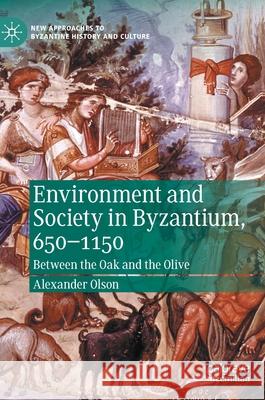Environment and Society in Byzantium, 650-1150: Between the Oak and the Olive » książka
topmenu
Environment and Society in Byzantium, 650-1150: Between the Oak and the Olive
ISBN-13: 9783030599355 / Angielski / Twarda / 2020 / 258 str.
Environment and Society in Byzantium, 650-1150: Between the Oak and the Olive
ISBN-13: 9783030599355 / Angielski / Twarda / 2020 / 258 str.
cena 461,56 zł
(netto: 439,58 VAT: 5%)
Najniższa cena z 30 dni: 460,49 zł
(netto: 439,58 VAT: 5%)
Najniższa cena z 30 dni: 460,49 zł
Termin realizacji zamówienia:
ok. 20 dni roboczych
dostawa w 2025
ok. 20 dni roboczych
dostawa w 2025
Darmowa dostawa!
Kategorie BISAC:
Wydawca:
Palgrave MacMillan
Seria wydawnicza:
Język:
Angielski
ISBN-13:
9783030599355
Rok wydania:
2020
Wydanie:
2020
Numer serii:
000801056
Ilość stron:
258
Waga:
0.50 kg
Wymiary:
21.01 x 14.81 x 1.91
Oprawa:
Twarda
Wolumenów:
01
Dodatkowe informacje:
Wydanie ilustrowane











